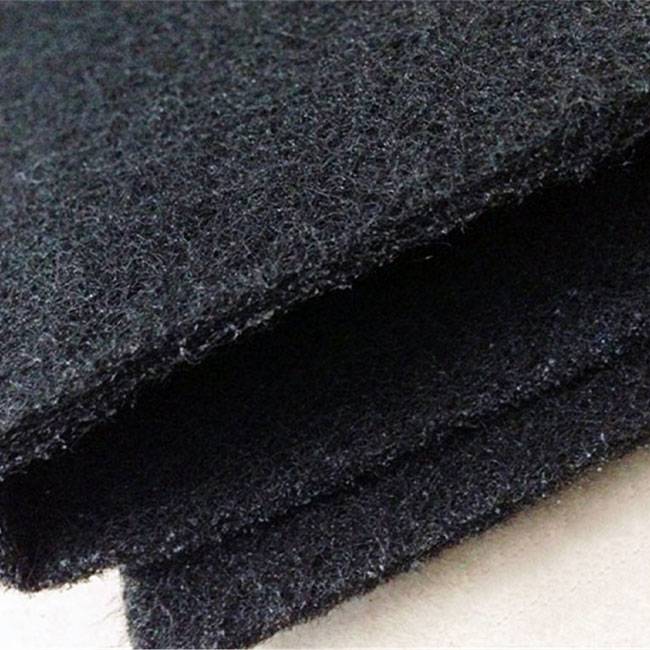


Microscopes show a surface honeycombed with holes and crenelated with ridges which join to a similar structure deeper within the carbon. The pore structure of activated carbon can be seen with an electron microscope and is primarily responsible for its usefulness. There are a variety of similar substances that fall under the general classification of activated carbon such as activated coal and activated coke, but they all share the properties of vast surface area per mass, exceptional microporosity, and a composition of almost exclusively elemental carbon. It is typically made from wood, but also can be made using bamboo, coconut husk, peat, woods, coir, lignite, coal, pitch, and other dense carbon sources. It is a thermal process whereby the carbon particles will be ‘washed’ with hot air or steam at a temperature of about 800C.Activated carbon (also known as active carbon or activated charcoal), is an artificial carbonaceous (carbon-rich) material. Regeneration will be done by the supplier of the activated carbon. There are then two options: replacement of the carbon bed, or – for large filters – regeneration and supplementation of the carbon bed. Over time, the activated carbon therefore becomes saturated with the adsorbed substances. With the back rinsing, the adsorbed substances are not removed. For a rinse, the flow is reversed, upwards, through the filter with water, whereby accumulated suspended particles are removed, and the bed itself will be ‘classified’, meaning that worn out activated carbon particles will also be rinsed away.įor biological activated carbon filtration, the back rinsing has to be done in a very controlled way in order not to completely rinse away the accumulated biomass. Flow through the filter bed takes place from top to bottom. The operation of the activated carbon filter can be compared with the operation of a discontinuous sand filter. The porosity of the activated carbon is used here as a carrier for biomass. This means that the filtered water is more biologically stable. The activated carbon filter will be placed before the RO installation in the process.įor application as a biologically activated filter, a biological break-down process of nutrients takes place. This means that vulnerable equipment, such as reverse osmosis (RO) installations, must be protected from these substances.
#ACTIVATED CARBON FREE#
This can, however, cause fouling of the activated carbon grains with suspended particles that are too large, so that the absorption is hindered.Īctivated carbon has a strong catalytic effect on the conversion of oxidizing substances such as free chlorine and peroxide. The degree of removal depends, among other things, on the molecule size, the molecule mass, the polarity and the concentration of the particles to be removed that is present, as well as the temperature and the contact time used.ĭespite the fact that the primary operation of activated carbon filtration is focused on the removal of dissolved substances from the water, suspended particles can also be removed from the water by mechanical filtration. With the adsorption process, attachment of substances to the (internal) surface of the grains occurs. The structure is ideal for removal of dissolved substances from the water on the basis of adsorption. The activated carbon particles have a porous microstructure with a very large internal surface. For active carbon filtration, the filter bed consists of grain-shaped activated carbon particles (GAC = Granular Activated Carbon).


 0 kommentar(er)
0 kommentar(er)
